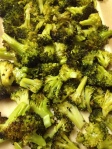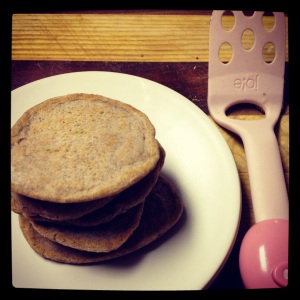
I can’t believe that my child is 4 years old! It has been a while since my last post (years in fact). I’m that person that constantly has ideas flowing through her head and has a very hard time focusing on one thing. Since you’ve last heard from me, I have relocated BACK to Boston with my family, have returned to the kitchen professionally – after a stint at the amazing Delfina in SF as a server, expo, and food runner – (the world of baking and pastries this time), have written a few business plans, started getting back into ceramics, and I am in the works of starting my own “brand” – hence the name Maison Joy – that encompasses basically all things cooking and eating… including the tableware that the food goes on (more on that later as I get my Etsy Site up and running).
One thing though that hasn’t changed is that, despite the fact that I’m a super busy working mom (and wife to an even super busier working dad), basically every day I cook with my son. I have been doing this for a while now and I really enjoy getting him involved with the process (whether it is measuring out ingredients, setting the table, planting and watering seeds, or helping me at the grocery store). Getting your kids involved with cooking or the process of putting together a meal with not only help them appreciate their food more, but will help them to be more open to trying new things. NOW HOLD on. I’m in no way saying that he is a gem and is always cooperative or interested. No way. Sometimes B takes two bites of dinner and says he is done. Sometimes he screams for cheddar bunnies for breakfast for an hour (as he did this morning). Sometimes he wants bagels and lox and cream cheese and capers for dinner (which i’m actually ok with since thats what I mostly want for dinner too). Sometimes he pulls all the food from the fridge and wants THAT for lunch. Sometimes he eats the food off MY plate and says i can’t have any. So, its far from easy. He is still a 4 year old!
Anyway, so here we are again and hope it sticks this time. I actually have a lot of great photos, recipes, and ideas lined up and ready to go for your pleasure, and I just thought since I know soooooo many people having babies right now, would share my struggles, triumphs, and food.
Enjoy!















